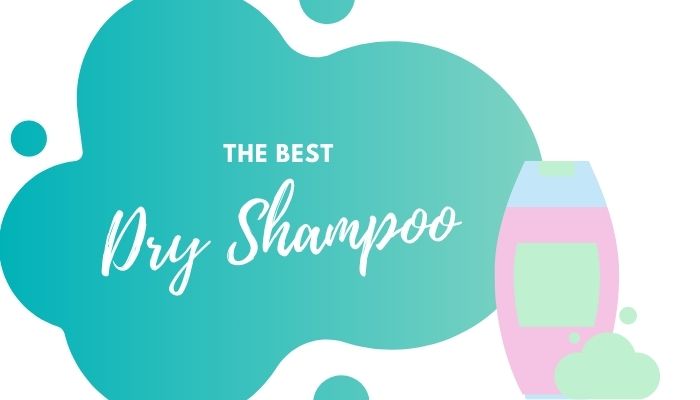We all know dry shampoo is not just for absorbing oil or freshening up your hair. It’s also everyone’s go-to hair product, especially for those in a morning rush.
For people who are constantly on the move, dry shampoo is a must-have. This product usually contains corn or aluminum starch that can absorb grease from the roots of oily hair
Dry shampoo comes in many forms – aerosol or loose powder are a few fine examples. It gives an impression of cleaner hair after being massaged into the roots. And yes, they can help preserve hair color too!
If you don’t have time to wash your hair every day, or you avoid liquid shampoo, you’ll love dry shampoo. Indeed, it’s one of the most versatile products in the hair care world!
If you want to know more, this article can be your guide to using dry shampoo and more. Keep reading up to the end!
How to Use Dry Shampoo Correctly
Step #1 Choose your formula.
Dry shampoo formulas come in foams, mists, pastes, powder, and tinted. Choosing the right formula depends on your preference. Go for something that makes the job easy for you.
Step #2 Spritz dry shampoo.
Spray 8 to 10 inches away from the roots. The dry shampoo spray is too concentrated and spraying it close to your greasy roots can cause scalp problems. It is best to section your hair so that all areas can get an equal amount of spray.
Step #3 Wait for a few minutes.
Let the dry shampoo sit for a few minutes before massaging it into your scalp. It needs time to soak up the oils! Massaging the dry shampoo right after the application can defeat its oil-absorbing power.
Step #4 Massage into your scalp.
Massage the formula into your scalp to activate its oil-absorbing power. This will also help distribute the dry shampoo evenly to your hair.
Step #5 Brush through your hair.
Run your fingers or brush through your hair to spread out the formula evenly.
Can I use dry shampoo every day?
Dry shampoo can bring a plethora of benefits to your hair, however, overuse can lead to problems. Overdoing dry shampoo products can leave residue on your scalp which clogs hair follicles and in turn inhibit hair growth.
For that reason, dry shampoos are used between hair washes. Anyway, it’s a good idea to apply a little amount at a time until you get your desired look, especially for fine hair.
Do I have to wash my hair after using dry shampoo?
You don’t need to wash your hair after using dry shampoo. Dry shampoos, as the name suggests, are applied to your hair when it’s dry.
Dry shampoo will make your hair look cleaner. However, don’t be fooled by this as dry shampoo is not designed for cleansing hair.
When should I use dry shampoo?
A traditional dry shampoo should only be used on completely dry hair. It can absorb oil produced on your scalp and can’t do its job if you’re using it on wet hair.
It is recommended you use dry shampoo before bedtime if you’re not planning to wash your hair in the morning. It’s going to absorb the excess oil on your scalp while you’re sleeping and in the morning all you have to do is a bit of touch-up and styling.
Dry Shampoo Mistakes that You Should Avoid
- Only use dry shampoo on third-day hair. You don’t have to be on your third-day hair to bust out your favorite dry shampoo. It’s fine to use dry shampoo whenever you feel like your roots are falling flat. Still, be cautious about it as overuse can weigh the roots down.
- Do not spray dry shampoo on your hair accessories. Who says you can’t spray dry shampoo on your hair accessories? Spraying dry shampoo on your bobby pins and clips before putting them on your hair can prevent the accessories from slipping out of your locks.
Important: Dry shampoos strip your hair’s natural oils resulting in dryness and hair that is prone to breakage. So, keep a close eye on your scalp and when you notice product buildup, go for a good shampoo session right away!
Summary
Dry shampoo is indeed a versatile hair care product. It’s a must-have for everyone, and you should never miss out on its benefits!
Dry shampoos are applied to your hair to absorb the oil from your scalp that’s making your tresses look dirty. However, you shouldn’t count on it as a total cleansing formula as it does not clean your hair. Also, do not overuse to avoid product build-up on your scalp and poor hair growth.
If you’re scouting the place for the best dry shampoo, read this article!


